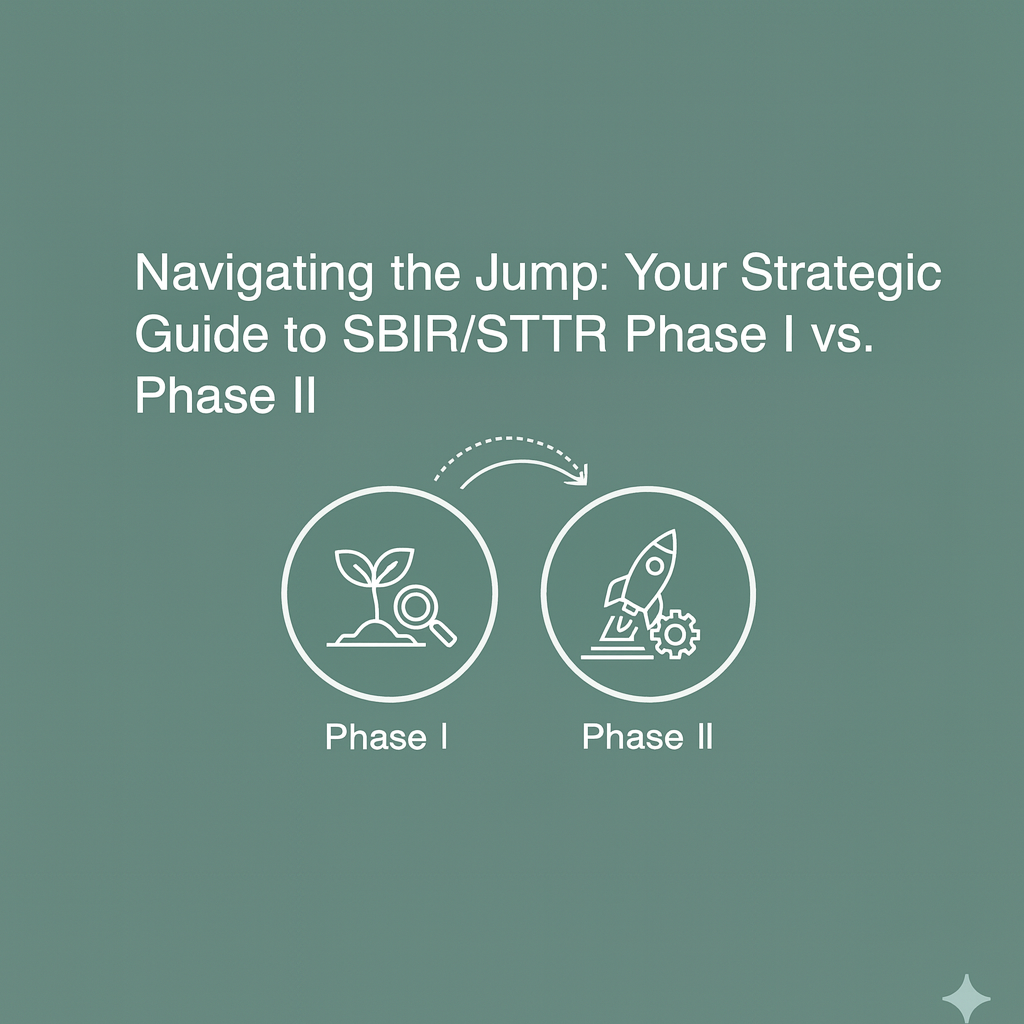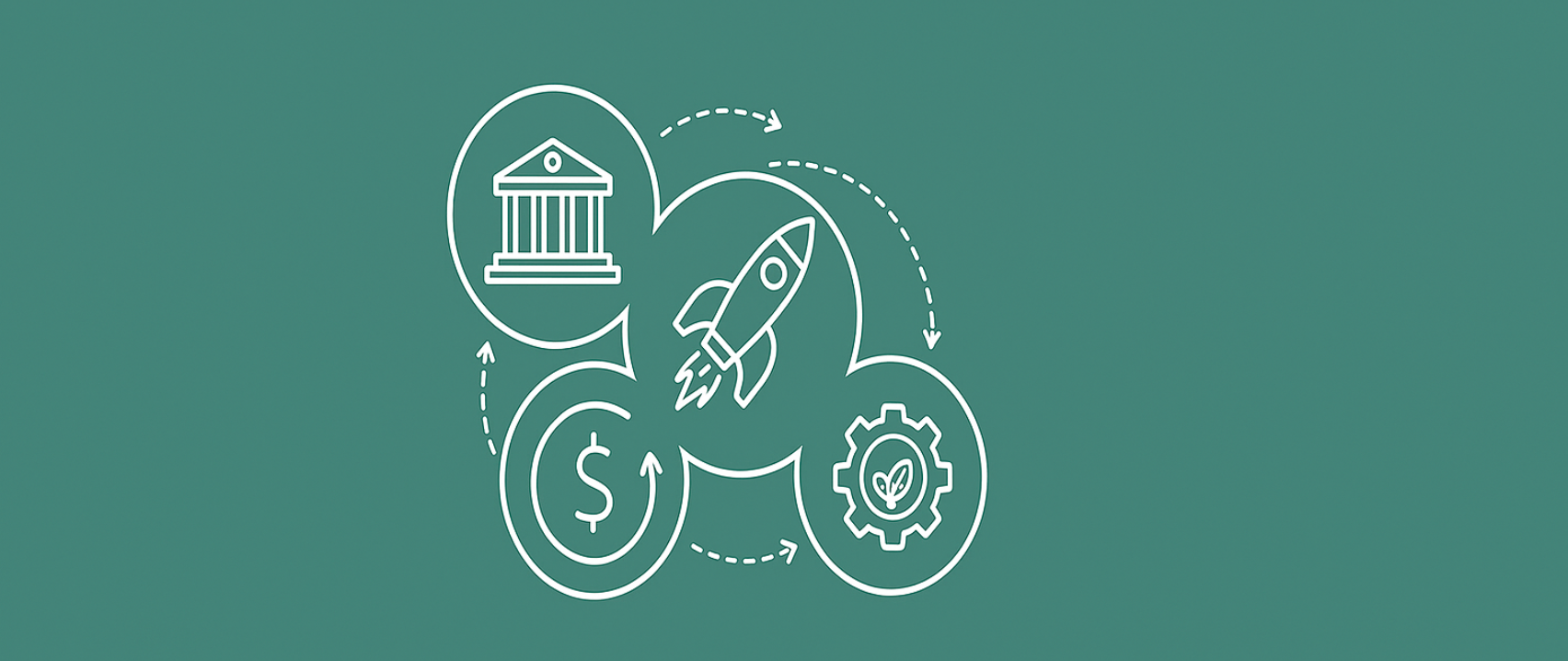Navigating the Jump: Your Strategic Guide to SBIR/STTR Phase I vs. Phase II

The Small Business Innovation Research (SBIR) and Small Business Technology Transfer (STTR) programs are the gold standard for non-dilutive federal funding.
But for innovators, the difference between a successful Phase I and a winning Phase II can feel like a jump from a small hill to a mountain peak.
If your R&D project has successfully navigated the proof-of-concept stage, you're now standing at a crucial strategic crossroads.
Understanding the Two Phases
The transition from Phase I to Phase II requires a fundamental shift in strategy. Phase I is all about feasibility and proving your concept is technically viable and has commercial potential. Its objective is demonstrating technical merit and initial market validation over a short-term duration, typically 6 to 12 months.
Funding in Phase I is generally limited, often up to $250,000 (though this varies by agency), and requires only an outline of your future path to market. The Phase I mindset is essentially an extremely well-funded experiment: the agencies are looking for a definitive "Go/No-Go" decision, and true success lies in setting the stage for a compelling Phase II proposal.
Phase II, in contrast, is where the main research and development occurs. It funds the principal R&D necessary to move your validated concept from the lab bench to a viable, commercial-ready product. This is a long-term effort, often lasting 2 years or more, with substantial funding frequently reaching up to $1.5 million (also varying by agency).
The Phase II objective is comprehensive R&D, prototype development, extensive testing, and, most importantly, a highly detailed commercialization plan. The Phase II mindset is that of a business proposal masquerading as an R&D grant: the agencies know your idea works, and now they want to know if it can scale, sell, and impact the national interest.
3 Essential Strategic Moves for the Transition
1. Build a Comprehensive "Commercialization Roadmap"
In Phase II, the commercialization plan is arguably more critical than the technical plan. It's no longer enough to say the market exists; you must prove you have a strategy to capture it. Agencies specifically look for customer validation, typically in the form of Letters of Support (LoS) or Letters of Intent (LoI) from potential end-users or customers. You must also include clear, defensible financial projections for private sector funding, revenue, and return on investment, along with a plan for team expansion to bring on key business development, manufacturing, or regulatory expertise.
2. Treat Phase II as a New Grant Application
Never rely solely on the momentum of your Phase I success. The evaluation criteria for Phase II are dramatically more rigorous. The reviewers expect greater detail, more robust risk mitigation plans, and a higher level of professional polish. Your Phase II proposal must clearly and directly address the successes, failures, and pivot points from your Phase I final report, using the data collected to justify the entire scope of the Phase II work.
3. Seek Bridge Funding and Agency Consultation
The gap between Phase I and Phase II can be a challenging time for cash flow. Securing bridge funding from private investors or state/local programs is an excellent way to showcase momentum and market belief, a massive plus for your Phase II proposal. Crucially, innovators should always talk to their Program Manager (PM) at the funding agency. These PMs are your best resource for understanding the agency's specific strategic goals, which allows you to tailor your Phase II proposal to a high-priority, mission-critical need.
Securing a Phase II award is a complex process that demands specialized expertise in technical writing, financial modeling, and strategic agency engagement. If your team is ready to pursue the next level of federal funding, Gallium Solutions can help you build the winning strategy.
Contact Gallium Solutions Today to Schedule Your Phase II Readiness Review












